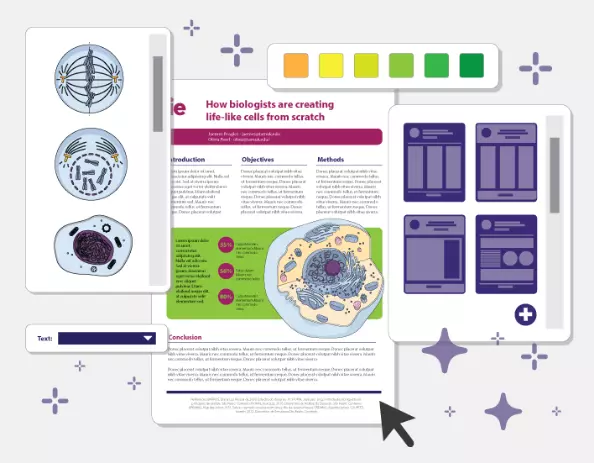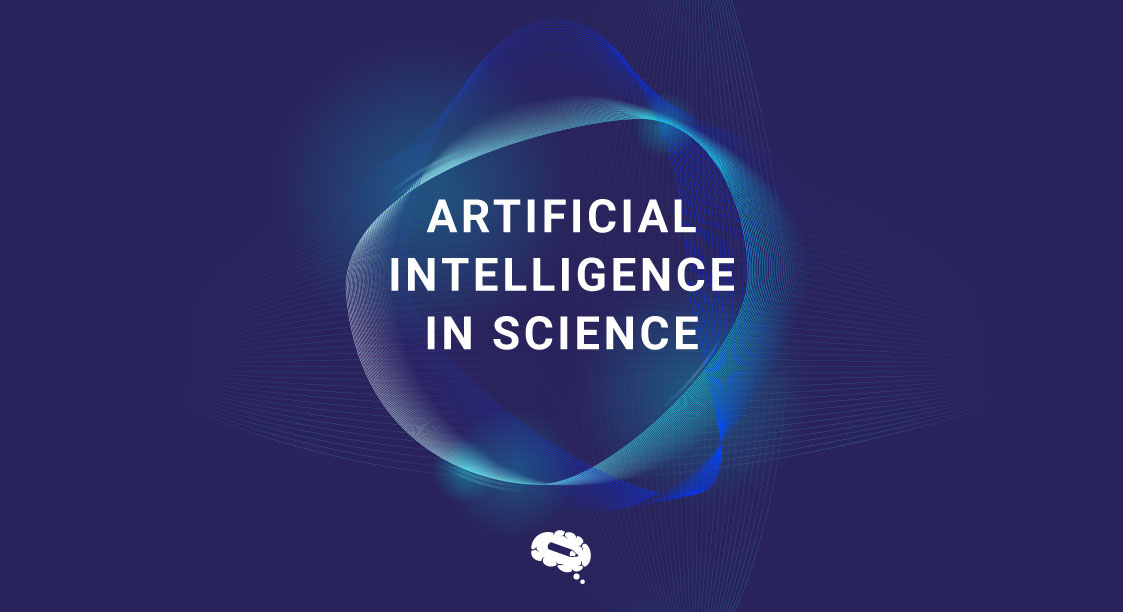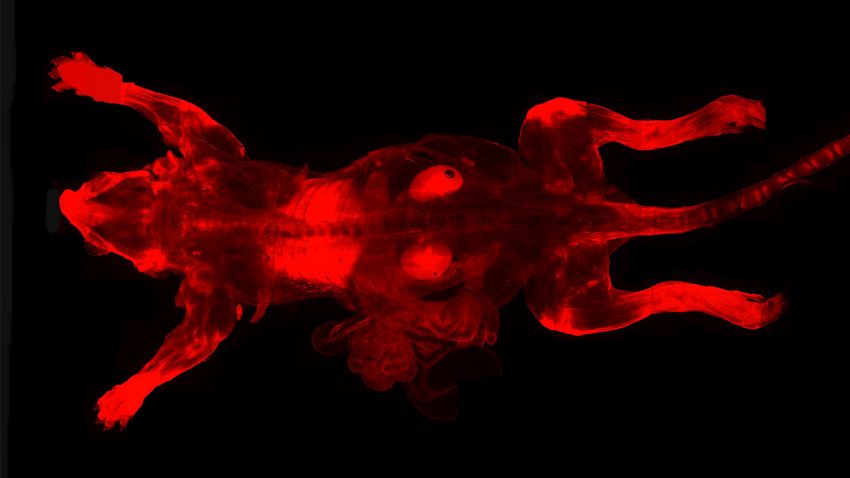A game-changer in various fields, artificial intelligence (AI) has also had an impact on science. Data collection, analysis, and interpretation have been transformed by AI, resulting in more efficient and effective research. As data has grown exponentially in recent years, artificial intelligence in science allows researchers to make sense of increasingly large amounts of information, providing insights that would not have been possible using traditional methods.
Det har også skjedd fremskritt innen kunstig intelligens som har gjort det mulig å automatisere rutineoppgaver, noe som har frigjort tid for forskere slik at de kan fokusere på tenkning og nyskaping på et høyere nivå. I denne bloggen vil vi diskutere hvordan kunstig intelligens brukes i vitenskapen på en rekke ulike områder, fra biologi og kjemi til fysikk og astronomi, for å nevne noen få.
We will discuss a better understanding of what is happening right now, the challenges we are facing and what is the potential for future advancement. Here’s our take on how AI can advance our understanding of the world around us and help solve some of today’s most pressing scientific challenges.
Hva er kunstig intelligens?
In artificial intelligence, machines are designed to act and think like humans in order to simulate human intelligence. Programs and algorithms can already mimic human intelligence by performing tasks such as visual perception, speech recognition, decision-making, and language translation. The technology of artificial intelligence can be divided into two categories: narrow and general.
Smal og generell kunstig intelligens
Målet med Narrow Artificial Intelligence er å utføre en bestemt oppgave, for eksempel bildegjenkjenning eller språkoversettelse, mens funksjonen til General Artificial Intelligence er å kunne utføre enhver intellektuell oppgave som kan utføres av et menneske.
Etter hvert som KI utvikler seg, har den potensial til å revolusjonere ulike bransjer, for eksempel helsevesenet, finans og transport, fordi den kan utføre oppgaver mer effektivt og nøyaktig enn mennesker. Samtidig er AIs potensielle innvirkning på personvern og sysselsetting også en bekymring, så det er behov for kontinuerlig forskning for å sikre at utviklingen og bruken av AI er etisk og ansvarlig.
Det ultimate verktøyet for vitenskapelig design
Mind the Graph is the perfect tool to create beautiful science designs even if you don’t have any design skills. Just drag and drop elements into the workspace or start working on one of our ready-to-use templates.
På hvilken måte bidrar kunstig intelligens til vitenskapen?
Bruken av kunstig intelligens er i ferd med å revolusjonere dagens vitenskapelige forskning. På ulike vitenskapelige områder brukes kunstig intelligens til å analysere enorme datamengder, automatisere rutineoppgaver og gjøre nye oppdagelser som ville vært utenkelige for noen år siden. Her kan du se hva som har blitt oppdaget så langt innen noen fagområder.
Farmakologi
As a result of the development of artificial intelligence in science, new drugs have been discovered, diseases may be understood, and complex molecular data is being further studied. Genetic data is being processed by AI algorithms to understand the root cause of diseases like cancer and develop effective treatments for them.
Nye oppdagelser viser at kunstig intelligens kan brukes til å forutsi potensielle egenskaper ved legemidler, noe som kan bidra til å effektivisere hele legemiddelutviklingsprosessen.
Fysikk og astronomi
The use of AI in physics has made new discoveries about the fundamental nature of the universe by analyzing data gathered from particle accelerators, telescopes, and other instruments. Scientists are also using artificial intelligence algorithms to simulate the behavior of complex disciplinary systems, which allows them to test their theories and gain a better understanding of the world around them.
The Hubble Space Telescope and other satellite missions use AI to analyze vast amounts of data from telescopes. Celestial objects, such as stars, galaxies, and black holes, are being identified and classified using artificial intelligence algorithms, and their properties and behaviors are also being studied by these algorithms.
Kjemi
There are also many uses of artificial intelligence in chemistry, such as analyzing large datasets, automating routine tasks, and designing new compounds based on the use of AI. It is increasingly common for people to use artificial intelligence algorithms to predict the properties of potential new materials, such as superconductors, as well as to design catalysts that can be used to prepare chemicals for use in chemical reactions.
Vitenskapen gjennomgår en rivende utvikling på grunn av kunstig intelligens. Kunstig intelligens hjelper forskere med å oppdage nye ting og øke vår forståelse av verden ved å forenkle prosesser og gjøre det lettere å analysere data.
Hvordan vil kunstig intelligens i vitenskapen endre ting?
New discoveries will be made and complex problems will be solved more efficiently and quickly. A further advantage of AI is its ability to overcome some limitations of traditional research methods, such as the difficulty of simulating complex systems and access to large data sets. The technology will enable researchers to get real-time results from multiple sources and identify patterns that were impossible to detect before.
Anvendelsen av kunstig intelligens i vitenskapen har potensial til å revolusjonere vitenskapen og vil ha en betydelig innvirkning på vår forståelse av verden. Nøkkelen til å sikre etisk og ansvarlig bruk av kunstig intelligens i vitenskapen er å sørge for at fordelene deles likt av alle. Ansvarlig bruk av kunstig intelligens vil forme vitenskapens fremtid, og vi må sørge for at den brukes til alles beste.
Ta infografikken din til et nytt nivå med Mind the Graph
It’s that simple, stands out with a great infographic from Mind the Graph. Med de rette verktøyene og den rette tilnærmingen kan du effektivt kommunisere vitenskapen din til et bredere publikum. Biblioteket vårt inneholder et bredt utvalg av illustrasjoner innen mer enn 80 fagområder. Velg den som passer best til arbeidet ditt, og lag flotte infografikker på en enkel måte.


Abonner på nyhetsbrevet vårt
Eksklusivt innhold av høy kvalitet om effektiv visuell
kommunikasjon innen vitenskap.




